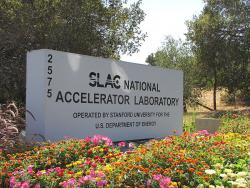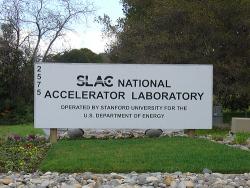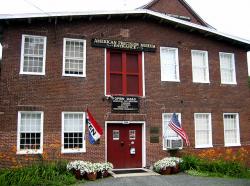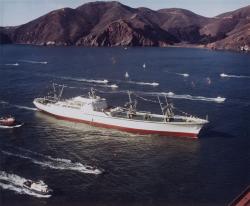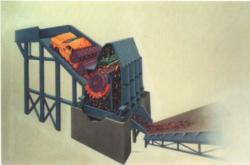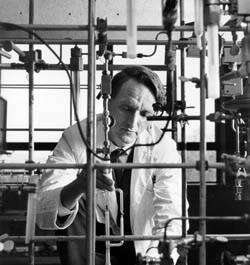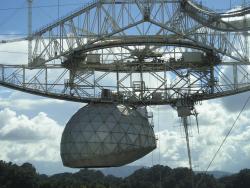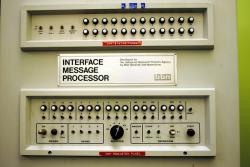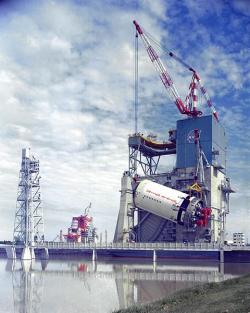The basic research tool at SLAC is an intense beam of electrons that have been accelerated by an electric field equivalent to 30 billion volts, making this the most powerful electron beam in the world.
The two-mile linear accelerator produces this field using high-power microwaves traveling through an evacuated waveguide. Electrons injected into one end of this pipe are continuously accelerated by this traveling field to very high energies.


